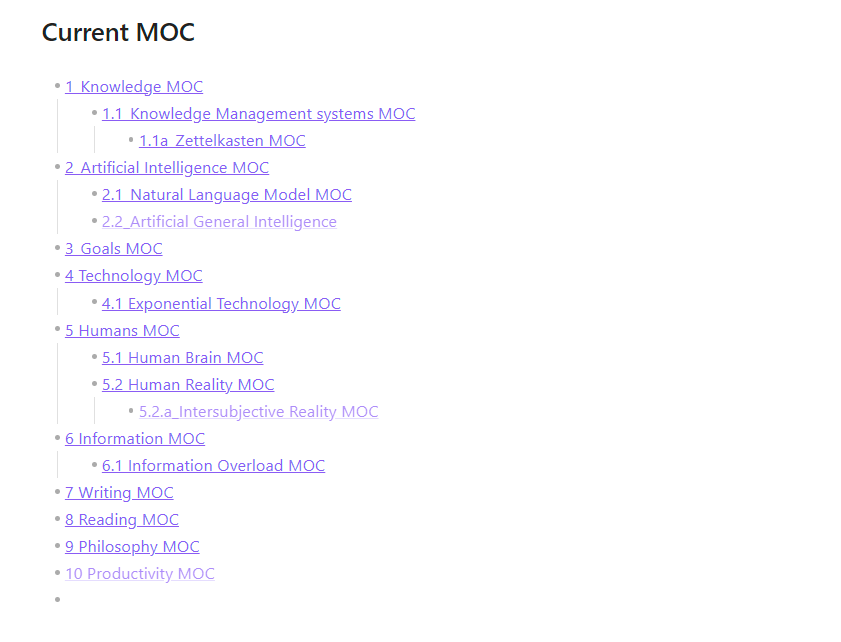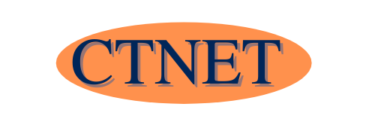In today’s information-rich world, the challenge isn’t just acquiring knowledge, but also recalling it effectively when we need it.
A Personal Knowledge Management (PKM) system can be a powerful tool for organising and retrieving your thoughts and ideas. This is done in part due to how the notes are structured as a web of interlinking related thoughts and ideas, forming a network of related ideas that are easy to navigate.
The applications you use to manage your PKM offer powerful search functionality and, increasingly, built-in AI chatbots for accessing your notes.
Let’s explore some strategies to enhance knowledge recall using a PKM.
Weaving a web of knowledge with the Zettelkasten method
I’ve been using the Zettelkasten method for about four years, and I’ve written extensively about it.
The Zettelkasten method centres on linking related ideas and concepts. These links create pathways through your knowledge, making retrieval much easier, especially when combined with Maps of Content (which I’ll discuss next).
This web of connections deepens your understanding and makes it easier to retrieve information by following the links between related notes.
This active engagement can happen even before you formally process your notes. For instance, after reading W. Brian Arthur’s ‘The Nature of Technology,’ I created a note titled Invention. The book argues that innovation arises when multiple ideas are linked to solve a problem. I realised that a Zettelkasten could be used to capture and link ideas to foster innovation. I also noticed similarities between this process and the creative process in general, which helped me to absorb these ideas more effectively.
Identifying entry points into your knowledge with a map of contents
A Map of Content (MOC) acts as an index for your notes. You can create them using either a ‘top-down’ or ‘bottom-up’ approach
In most cases, I’d advise using a bottom-up approach. This is because it’s guided by the existing structure of your notes. If you’re using the Zettelkasten method, this structure will grow organically as you create links.
A top-down approach is best used when you have a specific goal in mind. However, I’d generally recommend against it, as you might find yourself working against the natural flow of your notes. Remember, your Zettelkasten should reflect your interests and thoughts.
How I would start a map of content
Like your Zettelkasten, a Map of Content is never truly finished; it’s always a work in progress.
From my experience, it’s best to wait until your Zettelkasten is large enough for a clear structure to emerge. As you add new thoughts and ideas and link them together, certain concepts will naturally be linked more often.
These notes that have a high number of links or connections become hubs within your Zettelkasten. These hubs give you a natural entry point into your notes.
When creating my own Maps of Content, I focused on these hubs. I periodically review and update them to identify any new hubs that have emerged.
Since I use Obsidian for my PKM, I created a new folder and a note called ‘Index MOC’.
I then reviewed the permanent notes in my Zettelkasten, identifying those with a high number of connections and considering them as potential entry points. Note-taking applications like Obsidian have a graph view that makes this process easier.
Once you’ve identified the hubs – essentially, listened to what your Zettelkasten is telling you – you can then take a top-down view to create your initial Map of Content.
Bob Doto, in his book ‘A System for Writing,’ suggests numbering your permanent notes to give them a unique reference, similar to Niklas Luhmann’s paper Zettelkasten. While I don’t think this is needed for permanent notes in a digital Zettelkasten, it can be useful for Maps of Content.
My current map of contents
It’s been a while since I last updated my Map of Content, but that’s perfectly fine, as it’s not something that changes dramatically.

As you can see, I’ve identified a few main topics, such as ‘Knowledge’ (prefixed with 1), ‘Artificial Intelligence’ (prefixed with 2), and so on.
Some of these Maps of Content have sub-levels for topics within those areas. For example, ‘Knowledge’ has a sub-level ‘1.1 Knowledge Management System,’ which in turn has a sub-level ‘1.1a Zettelkasten MOC.’ This allows the Map of Content to grow organically
In the future, if I develop a substantial number of notes on commonplace books (another knowledge management system), I would likely call it ‘1.1b Commonplace Book’.
In the Map of Content note, include links to the core notes for that idea. These links then serve as starting points for accessing your notes.
Staying organised with the PARA system
I see PARA not so much as a knowledge management system, but more as an information management system. However, it’s a useful framework to consider for organising the wider ecosystem that will likely develop around your PKM, based on my experience
PARA stands for:
- Projects: Folders for your currently active projects
- Areas: Folders for topics relating to various areas of life, such as family, work, health, finances, and hobbies.
- Resources: Folders for topics or subjects that you refer to regularly
- Archive: Folders for anything that is currently not required. Completed projects are archived here, allowing you to reuse materials in the future.
I don’t follow PARA rigidly in my own PKM, but it does influence my thinking. For example, my Obsidian vault has a ‘Projects’ and ‘Archive’ folder structure. Even if you don’t adopt it fully, its structure is a good starting point for any information storage system.
Conclusion
The primary reason for creating a Personal Knowledge Management (PKM) system is to effectively recall what you’re learning. When you’re still developing your understanding of a topic, ideas can seem vague. You’ll want to clarify your thoughts by retrieving information from your ‘second brain.’ If you can’t find it, you need to trust your system enough to recognise that it’s a gap in your knowledge.
The techniques I’ve covered in this blog post have been invaluable to me, and I believe they can help you too.”
For a weekly update on technology including regular updates on PKM join our newsletter.
Further reading
- Understanding Information Overload
- Introduction to the Zettelkasten system
- Key Takeaways from The Nature of Technology by W. Brian Arthur
- A System for Writing by Bod Doto
- CTNET introductory guide to PARA
- From Information Overload to Knowledge Powerhouse: Building Your Personal Knowledge Management Stack
- Navigating the Intersection of AI and Zettelkasten – My personal journey

